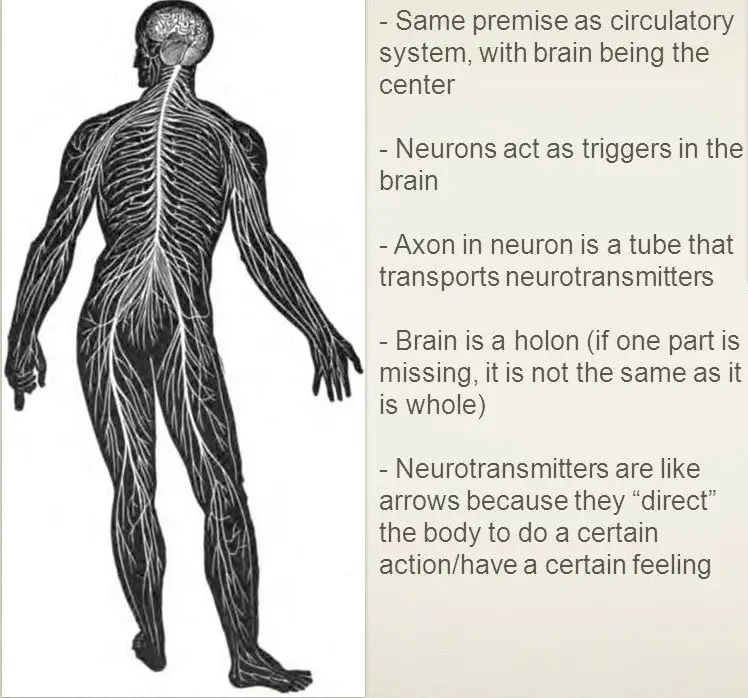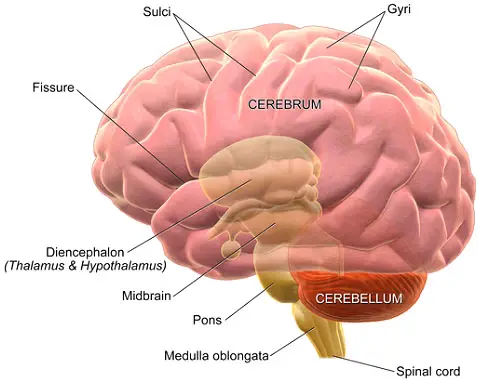Neural and Circulatory Systems used in Piano Playing
The nervous system plays a crucial role in piano playing, orchestrating a complex interplay of sensory, motor, and cognitive processes to enable the pianist to produce beautiful and expressive music. The nervous system's involvement in piano playing can be divided into three primary components: sensory input, motor output, and cognitive processing.
The nervous system's role in piano playing is multifaceted, involving sensory perception, motor control, and cognitive processes. It allows the pianist to transform written notes into expressive music, seamlessly integrating complex motor movements with real-time sensory feedback and higher-order cognitive functions. The nervous system's adaptability and plasticity also enable the pianist to refine their skills through practice, leading to the development of advanced techniques, increased musical understanding, and enhanced performance.
- Sensory input: The nervous system's role begins with the perception of sensory information related to piano playing. As a pianist strikes the keys, their fingertips register tactile feedback, and their ears perceive the resulting sounds. The auditory and somatosensory systems relay this information to the brain, where it is processed and integrated with other sensory input, such as visual cues from sheet music or the keyboard.
- Motor output: The motor aspect of the nervous system is responsible for coordinating and executing the complex finger, hand, and arm movements required for piano playing. The primary motor cortex sends signals through the spinal cord to the muscles, controlling the intricate finger movements needed to strike the keys with the right force, timing, and position. In addition, the cerebellum plays a vital role in maintaining the smoothness and accuracy of these movements by refining and adjusting the motor commands based on sensory feedback.
- Cognitive processing: The cognitive aspect of the nervous system is crucial for interpreting and making sense of the sensory information, as well as planning, learning, and memorizing musical pieces. The prefrontal cortex is involved in decision-making, selecting which notes to play, and adapting to changes in tempo or dynamics. The hippocampus and other memory-related brain areas are responsible for encoding, consolidating, and recalling long-term memories of musical compositions and motor sequences. Furthermore, the emotional aspect of music, such as interpreting and conveying emotions through the music, engages the limbic system, a network of brain regions involved in processing and regulating emotions.
The nervous system's role in piano playing is multifaceted, involving sensory perception, motor control, and cognitive processes. It allows the pianist to transform written notes into expressive music, seamlessly integrating complex motor movements with real-time sensory feedback and higher-order cognitive functions. The nervous system's adaptability and plasticity also enable the pianist to refine their skills through practice, leading to the development of advanced techniques, increased musical understanding, and enhanced performance.
Neural System
In combining the two remaining systems that make up the physiological organism there is danger that their importance,
particularly that of the nervous system, may be underestimated.
In piano playing the whole learning and playing process is inseparably bound up with nerves and their centres:
- the spinal cord and
- the brain.
The functional unit of the nervous system is the nerve cell or neuron. Of this there are three kinds :
- sensory,
- motor, and
- intercalated.
- a means for registering impressions from the outside world,
- a means for conducting, transforming, storing, and elaborating them, and
- a means for expressing through movement, these impressions, memories, and elaborations.

Spinal Chord and Reflex Action
The spinal cord has, as one of its chief functions, the care of reflex action. By reflex action is meant a response of the organism not involving consciousness or the interposition[2] of a brain. Moreover, since the efficiency of reflex action depends upon speed, it is not surprising to find sensory and motor paths, which lead to the same bodily region, entering and leaving the spinal cord in close proximity to each other. This topographical relationship applies to the general regions also:
- the centres for foot and leg are in the lower region of the spinal cord,
- those for hands and arms in the upper region.
Fibers and Cerebellum
In thus speaking of nerves entering and leaving the cord one must not think of a small number, Ingbert counted approximately six hundred and fifty thousand fibers, in the dorsal roots entering one side of the spinal cord. The diameter of these fibers varies ; the thickest does not exceed one two-thousandth of an inch.
Of the five parts of the brain, the cerebrum and the cerebellum are the most important for our purposes, since it is these part s that are chiefly concerned with learning in all its forms. The cerebellum, or small-brain, acts as a reflex center for
Of the five parts of the brain, the cerebrum and the cerebellum are the most important for our purposes, since it is these part s that are chiefly concerned with learning in all its forms. The cerebellum, or small-brain, acts as a reflex center for
- posture,
- muscular tensions,
- movements, and
- external strains.
Nervous System play a crucial role in Piano Playing
The nervous system is deeply intertwined with the complex activity of piano playing, integrating sensory, motor, and cognitive processes to create a harmonious performance.
- Sensory Processes:
- Touch: The pianist's fingertips contain a high density of touch receptors, allowing them to sense the texture of the keys and the subtle variations in pressure required to produce different sounds. This tactile feedback is crucial for controlling the dynamics and articulation of each note.
- Proprioception: This sense provides information about the position and movement of the fingers, hands, and arms. It enables the pianist to know where their limbs are in space without having to look at them, allowing for precise and coordinated movements.
- Hearing: The pianist listens to the sounds they produce, monitoring the pitch, timing, and quality of each note. This auditory feedback is essential for adjusting their playing in real-time and ensuring that the music is expressive and accurate.
- Motor Processes:
- Motor Cortex: This brain region initiates and controls the voluntary movements required to play the piano. It sends signals to the muscles of the fingers, hands, and arms, dictating the force, speed, and direction of each movement.
- Cerebellum: This part of the brain coordinates the timing and sequencing of movements, ensuring that they are smooth, fluid, and precise. It also plays a role in motor learning, allowing the pianist to refine their technique through practice.
- Basal Ganglia: These structures help to select and initiate appropriate motor actions, while inhibiting unwanted movements. They are also involved in the formation of motor habits, which are essential for developing automatic and effortless playing.
- Cognitive Processes:
- Attention: The pianist must focus their attention on the music, the keys, and their own movements. This requires a high level of concentration and the ability to ignore distractions.
- Memory: The pianist must memorize the music they are playing, which involves both short-term memory (for remembering the next few notes) and long-term memory (for remembering the entire piece).
- Decision-Making: The pianist must make split-second decisions about how to interpret the music, how to express their emotions, and how to adjust their playing in response to the acoustics of the room and the reactions of the audience.

Thus we speak of a
- motor area,
- auditory area, and
- visual area.
[1]
intercalate: verb past tense: intercalated; past participle: intercalated
1. interpolate (an intercalary period) in a calendar. 2. insert (something) between layers in a crystal lattice, geological formation, or other structure.
[2]
interpose: v. interposed, interposing, interposes v.tr. 1. a. To insert or introduce between parts: The ice interposes a barrier between the harbor and the islands. b. To place (oneself) between others or things. Historical Example: The primary bodily movements are reflex, instinctive, emotional, the action following without any interposition of consciousness.
[3]
ventral chord: The ventral nerve cord makes up the nervous system of some phyla of the invertebrates, particularly within the nematodes,
annelids and the arthropods. It usually consists of cerebral ganglia anteriorly with the nerve cords running down the ventral ("belly", as opposed to back) plane of the organism.
[4]
pathology: the science of the causes and effects of diseases, especially the branch of medicine that deals with the laboratory examination of samples of body tissue for diagnostic or forensic purposes.
[5]
Cortical area: Cortical areas that are neither motor or sensory but are thought to be involved in higher processing of information. auditory area, auditory cortex. The cortical area that receives auditory information from the medial geniculate body.